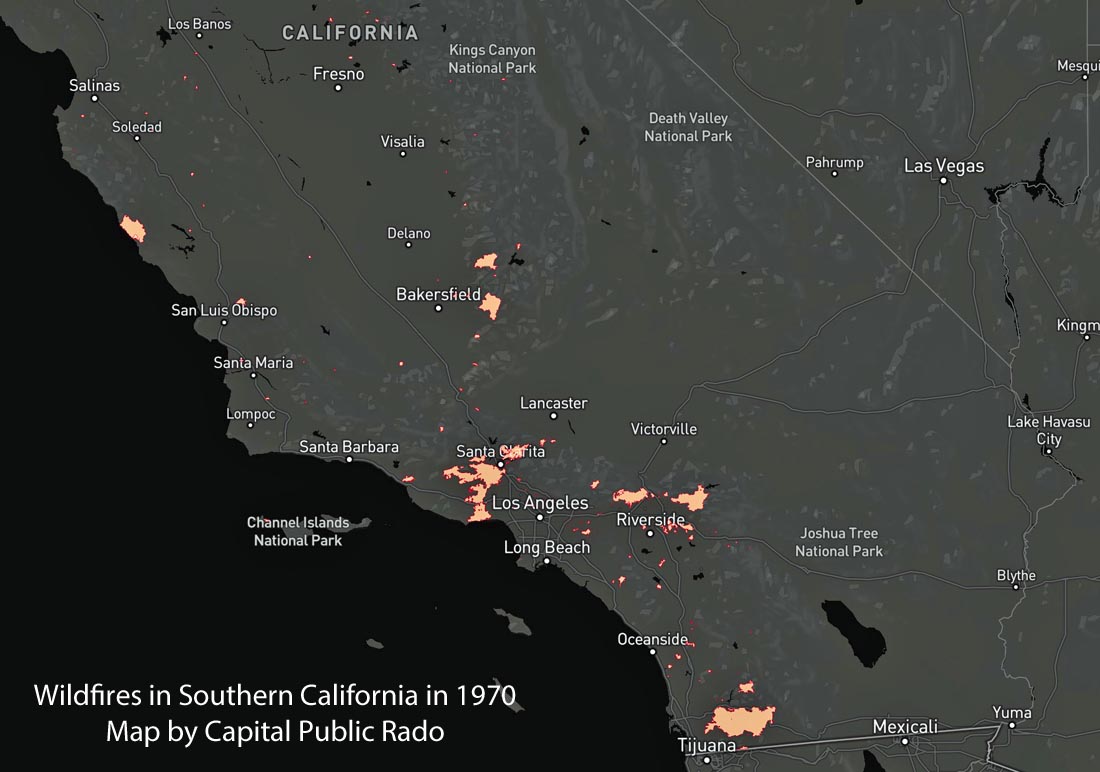Updated April 27, 2022

(Updated April 27, 2022 to reflect the revisions for 2022)
You may have seen new symbols on wildfire maps this year. That is because the National Wildfire Coordinating Group approved new symbology again, this time for the 2022 fire season.
They were developed by the NWCG Data Management Committee and are now part of the Incident Command System Standards for Geospatial Operations. Many of the new symbols introduced in the last few years are for various types of fireline, such as Planned Hand Line, Planned Mixed Construction Line, Planned Road as Line, Planned Secondary Line, Temporary Flight Restriction, Foam Drop, Retardant Drop, Escape Route, plus — Structure Wrap, Retardant in Avoidance Area, UAS Launch and Recovery Zone, and many more.
Some of the new symbols will be fairly easy to remember. Others, not so much. A map in color will be necessary to easily differentiate a few of them, such as Fence vs. Other vs. Road Repair, and the three types of drops, Water, Foam, and Retardant. Most maps have legends to make the interpretation easier, and ArcGIS Pro has a filter to only display the features used on the map.
The image above is moderate resolution; a high-resolution pdf version (2.9 MB) can be downloaded.
Thanks and a tip of the hat go out to Katei and Steve.

